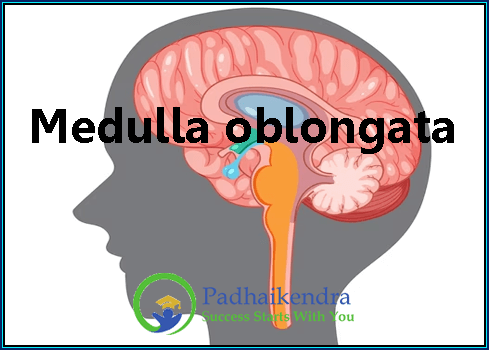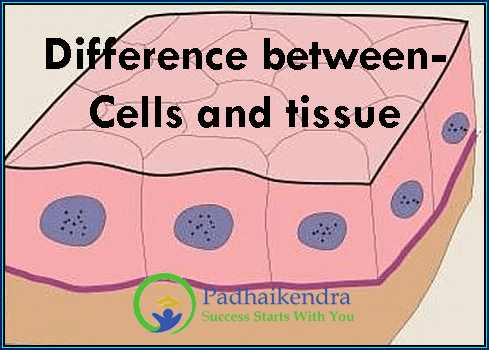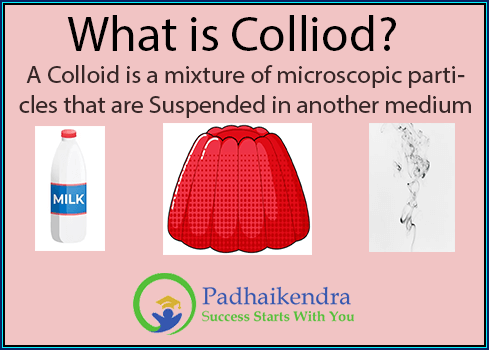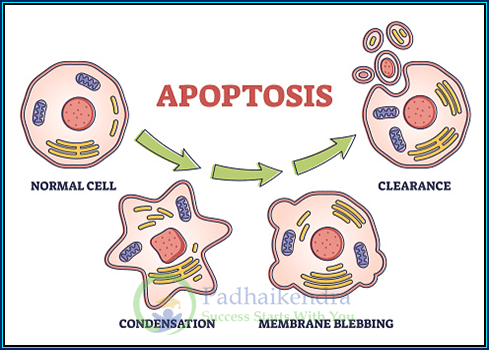Medulla oblongata
Introduction What is the Medulla Oblongata? Importance of the Medulla Oblongata Location and Anatomy Introduction What is the Medulla Oblongata? The Medulla Oblongata might sound like a mysterious and far-off land in a fantasy novel, but it’s actually a very real and crucial part of your brain. Think of it as your brain’s control center …








